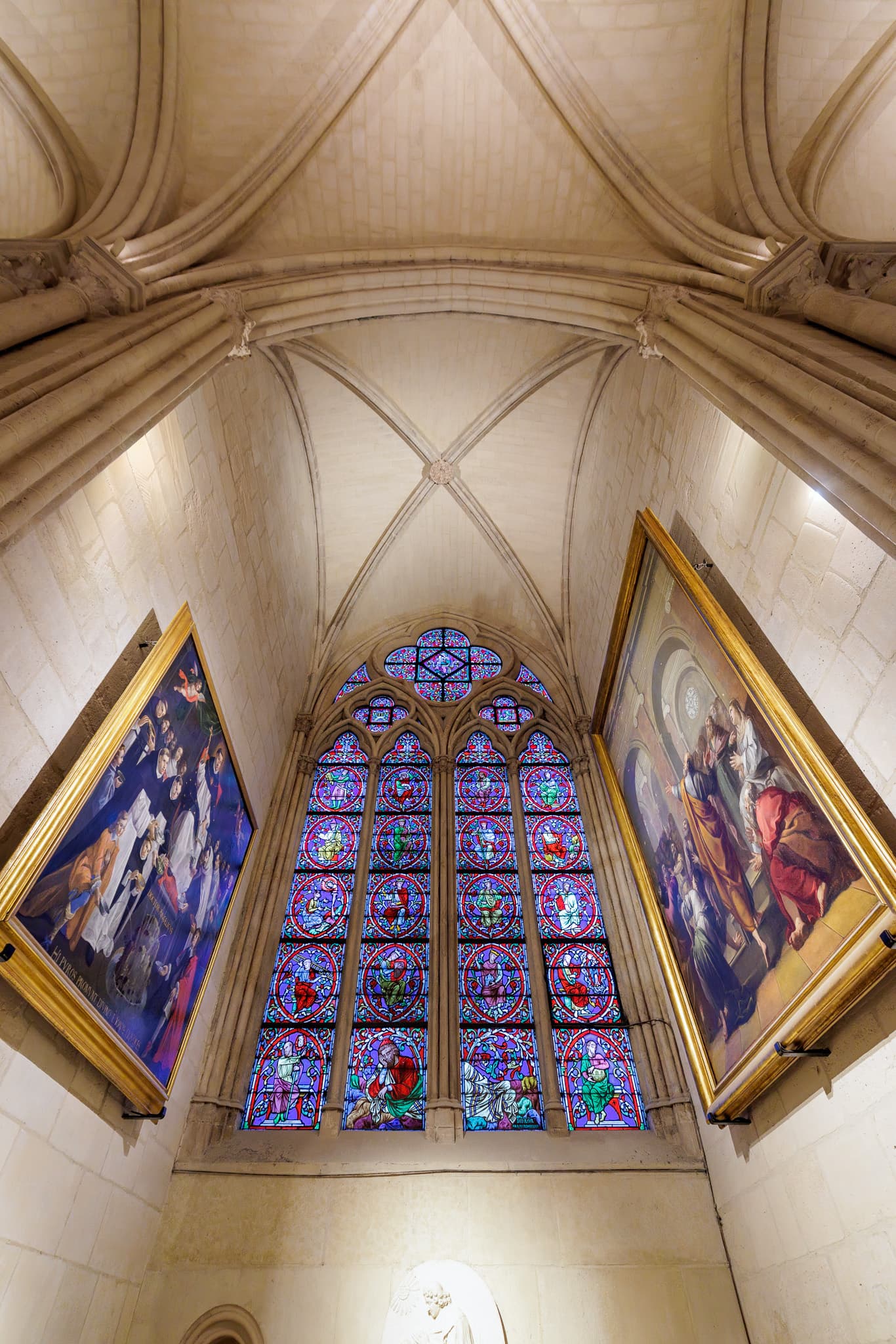When I stepped inside the restored Notre-Dame de Paris on my recent trip, my jaw dropped. I had braced myself to see scars from the 2019 fire — blackened stone, lingering smoke, a cathedral permanently marked by disaster. Instead, I found a space so clean and luminous it felt renewed. The air was clear, the stone brighter than I remembered, and nothing betrayed the night when flames nearly brought this monument down.

That fire broke out on April 15, 2019. It destroyed the spire and much of the roof, and left the world watching in disbelief as one of the most recognizable buildings in Europe seemed on the verge of collapse. In the days that followed, President Emmanuel Macron promised the French people that Notre-Dame would be rebuilt “within five years.” At the time, it sounded impossibly ambitious.
And yet, in December 2024 — just over five years later — the cathedral reopened to the public. The restoration was a massive undertaking. Carpenters and stonemasons worked with traditional tools and materials, rebuilding the roof frame in oak and covering it again in lead. Specialists cleaned centuries of soot from the interior stone, leaving the walls brighter than I ever remember seeing them. The cost was staggering, estimated at around €700 million, but more than €840 million was pledged, much of it from private donors, corporations, and foundations, with the French state overseeing the effort.
Investigators never determined a single definitive cause for the blaze. Arson was ruled out. The most likely explanations point to either faulty electrical wiring or a cigarette left smoldering on the scaffolding that surrounded the roof. Whatever the origin, the fire became a national trauma — and the restoration a matter of pride.
One of the most striking aspects of the restoration is what cannot be seen: the measures put in place to protect the cathedral from another disaster. Notre-Dame is now equipped with advanced fire detection sensors, a sprinkler system designed to protect the attic timbers, and strict new safety protocols for any construction or maintenance work. Dedicated fire safety teams are trained specifically for the building, and regular inspections are built into its ongoing care. The new oak roof frame may look medieval, but it is now guarded by twenty-first century vigilance.
Now, walking through the nave and looking up at the soaring vaults, you would not guess at the near loss of this building. The absence of smoke stains, the brightness of the walls, even the feeling of clarity inside the space all speak to what was achieved. Notre-Dame does not look like a survivor so much as a rebirth — a reminder of how cultural treasures can be both fragile and resilient.
For me, the experience was moving not only because of what I saw, but because of what I didn’t. I saw no evidence of catastrophe. Instead, I saw continuity — a cathedral that, having nearly perished, now feels more present and alive than ever.
You can get a sense of the magnitude of the destruction and the effort involved in the reconstruction in this video:



